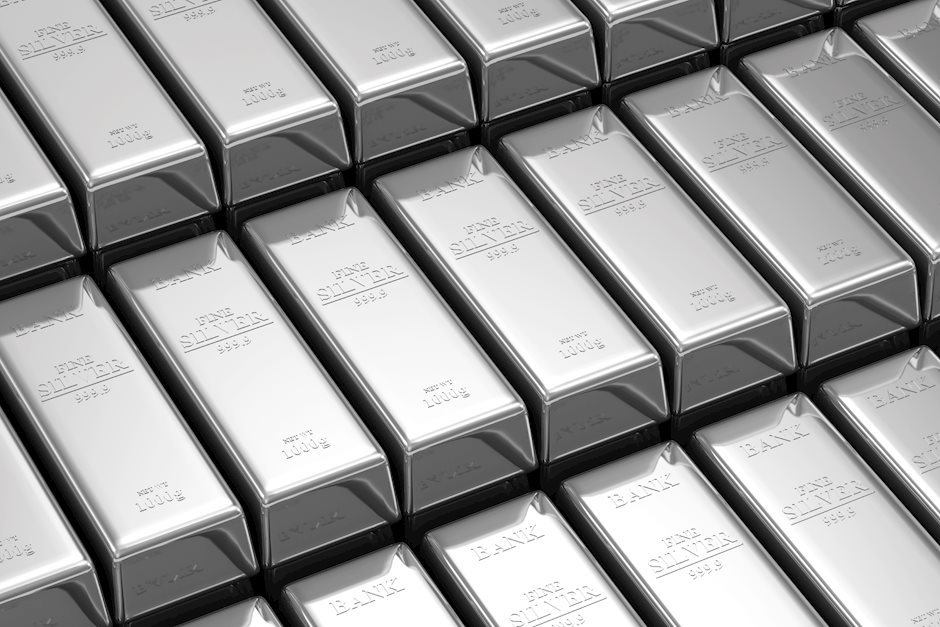Silver Price Forecast: XAG/USD consolidates around $30.50 as US PCE inflation takes center stage
- Silver price oscillates around $30.50 as the focus shifts to US PCE inflation data for October.
- The US Dollar refreshes weekly low ahead of the US PCE inflation data release.
- The safe-haven appeal of the Silver price weakens as the ceasefire between Israel and Iran comes into effect.

Silver price (XAG/USD) exhibits indecisiveness near $30.50 in Wednesday’s European session, with investors focusing on the United States (US) Personal Consumption Expenditure Price Index (PCE) data for October, which will be published at 15:00 GMT.
Investors await the US PCE inflation data to get more insights about the Federal Reserve’s (Fed) interest rate action in the December meeting. The possibility for the Fed to cut interest rates by 25 basis points (bps) to 4.25%-4.50% next month has increased to 66% from 56% a week ago, according to the CME FedWatch tool.
Investors will pay close attention to the core PCE inflation data – which excludes volatile food and energy prices – as it is the Fed’s preferred inflation gauge. Economists expect the annual core PCE inflation to have accelerated to 2.8% from 2.7% in September, with monthly figures growing steadily by 0.3%.
The Silver price remains well-supported above $30.00 from the past two trading sessions amid a correction in the US Dollar (USD). The US Dollar Index (DXY), which tracks the Greenback’s value against six major currencies, posts a fresh weekly low near 106.50.
However, the bias towards the Silver price remains downbeat as its safe-haven demand has diminished on initiation of a ceasefire between Israel and Iran.
It began at 02:00 GMT on Wednesday, putting an at least temporary end to nearly 14 months of conflict between Israel and the Iran-backed militant group, according to BBC News.
Silver technical analysis
Silver price resumes its declining trend after a mean-reversion move to near the 20-day Exponential Moving Average (EMA) around $31.40. The white metal is expected to retreat to the November 14 low of around $29.70. The white metal weakened after the breakdown of the horizontal support plotted from the May 21 high of $32.50.
The upward-sloping trendline from the February 29 low of $22.30 will act as key support for the Silver price around $29.50.
The 14-day Relative Strength Index (RSI) oscillates in the 40.00-60.00 range, suggesting a sideways trend.
Silver daily chart
Silver FAQs
Silver is a precious metal highly traded among investors. It has been historically used as a store of value and a medium of exchange. Although less popular than Gold, traders may turn to Silver to diversify their investment portfolio, for its intrinsic value or as a potential hedge during high-inflation periods. Investors can buy physical Silver, in coins or in bars, or trade it through vehicles such as Exchange Traded Funds, which track its price on international markets.
Silver prices can move due to a wide range of factors. Geopolitical instability or fears of a deep recession can make Silver price escalate due to its safe-haven status, although to a lesser extent than Gold's. As a yieldless asset, Silver tends to rise with lower interest rates. Its moves also depend on how the US Dollar (USD) behaves as the asset is priced in dollars (XAG/USD). A strong Dollar tends to keep the price of Silver at bay, whereas a weaker Dollar is likely to propel prices up. Other factors such as investment demand, mining supply – Silver is much more abundant than Gold – and recycling rates can also affect prices.
Silver is widely used in industry, particularly in sectors such as electronics or solar energy, as it has one of the highest electric conductivity of all metals – more than Copper and Gold. A surge in demand can increase prices, while a decline tends to lower them. Dynamics in the US, Chinese and Indian economies can also contribute to price swings: for the US and particularly China, their big industrial sectors use Silver in various processes; in India, consumers’ demand for the precious metal for jewellery also plays a key role in setting prices.
Silver prices tend to follow Gold's moves. When Gold prices rise, Silver typically follows suit, as their status as safe-haven assets is similar. The Gold/Silver ratio, which shows the number of ounces of Silver needed to equal the value of one ounce of Gold, may help to determine the relative valuation between both metals. Some investors may consider a high ratio as an indicator that Silver is undervalued, or Gold is overvalued. On the contrary, a low ratio might suggest that Gold is undervalued relative to Silver.
Author

Sagar Dua
FXStreet
Sagar Dua is associated with the financial markets from his college days. Along with pursuing post-graduation in Commerce in 2014, he started his markets training with chart analysis.


















